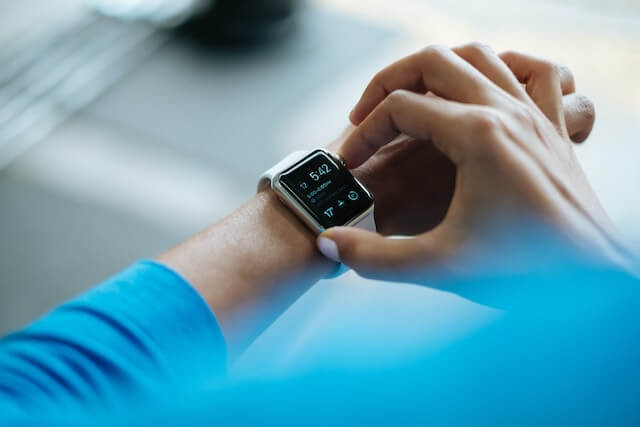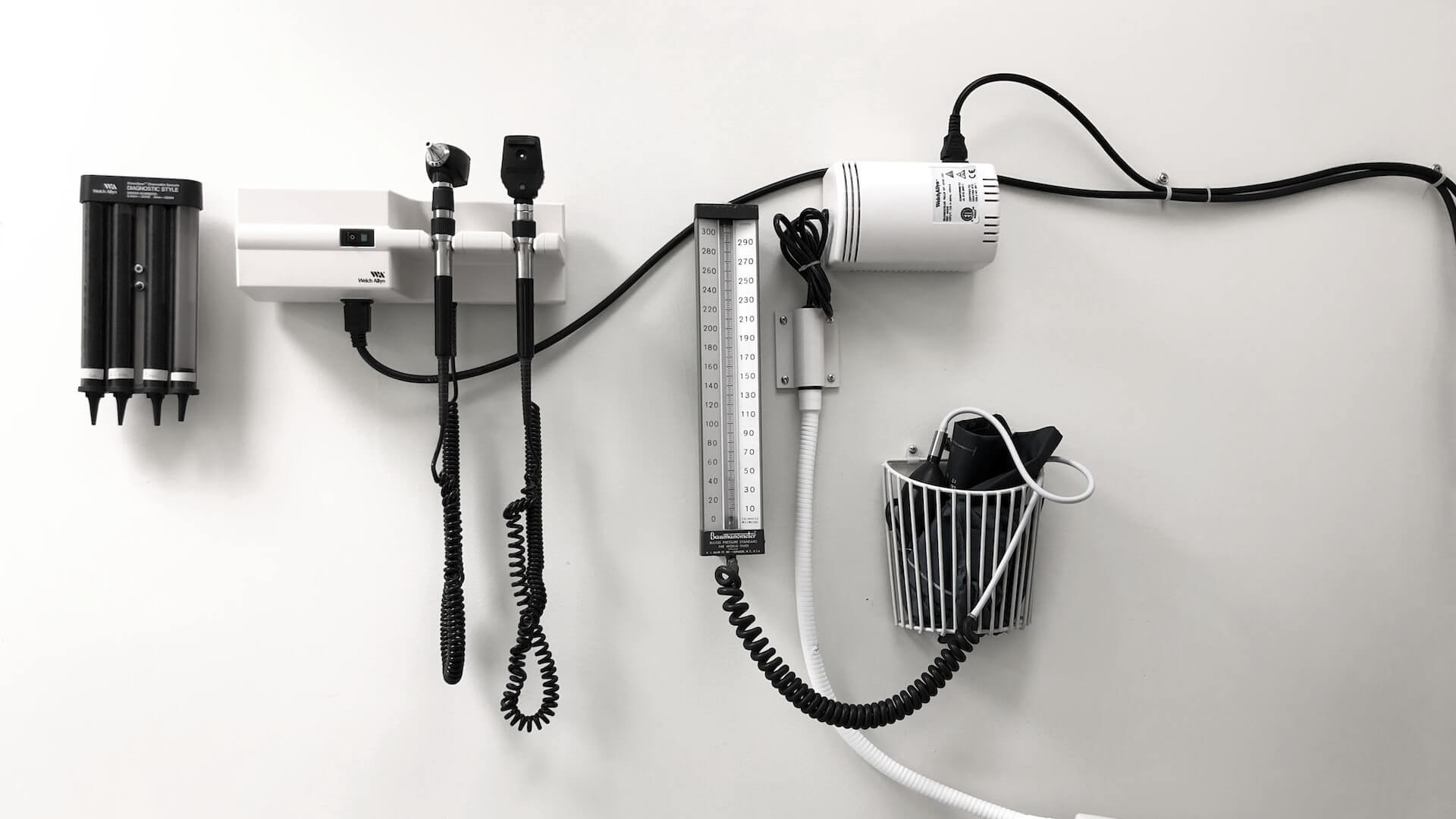With the rise of the Internet of Things in Healthcare (IoMT), the healthcare ecosystem is becoming smarter, but also more vulnerable to cyberattacks.
From robotic arms that aid in surgery to wearable or ingestible sensors that pair with smartphones to monitor health, the market for connected medical devices is expanding. By 2026, smart hospitals are expected to deploy more than 7 million healthcare IoT devices, which is more than double the number in 2021, according to Juniper Research.
What is Healthcare IoT?
A subset of the Internet of Things (IoT), healthcare IoT refers to connected medical devices and applications. Because medical devices are not designed with security in mind, they are often vulnerable to cyberattacks and have become an attractive target for cybercriminals.
IDC predicts that by 2025, there will be more than 55 billion IoT devices. According to an Armis report titled "The State of Enterprise IoT Security: A Focus on Healthcare," it is concerning that 57% of healthcare security professionals are not fully aware of the risks associated with IoT devices.

Spotlight on Healthcare
There is even a lack of understanding of IoT in healthcare. The same report found that:
● 48% do not consider MRI, X-ray, and ultrasound machines connected to the network to be IoT devices.
● 41% do not consider biomedical devices that use Wi-Fi or Bluetooth (e.g., infusion pumps, ventilators, ambulances) to be IoT devices.
This perception gap hampers hospitals' ability to implement the right healthcare device security solutions. Healthcare devices are often unmanaged and therefore more vulnerable to attack than managed computers because they cannot be protected using traditional security tools such as proxies and scans.
Examples of IoMT Cyber Attacks
The trend toward digital transformation in healthcare has increased the push toward IoMT technologies. However, while implementing these innovations, it is equally important to build hospital cybersecurity resilience in the process.
Here are four IoMT examples to consider when identifying cyber attack surfaces.
● Robotic surgery. With the help of robotic arms, doctors can perform more complex and precise surgeries, even remotely. These surgeries are considered less invasive and have use cases such as coronary artery bypass grafting and mitral valve surgery.
● Remote monitoring. Personal emergency response systems and remote patient monitoring solutions can automatically send alerts in case of distress.
● Wearables. Sensors and trackers can monitor details such as sleep patterns, blood glucose levels, blood pressure and ECG patterns. Devices and support platforms certified by regulatory or health authorities include pills to track medication intake, neurostimulators to relieve chronic pain, and pacemakers with remote heart rate monitoring.
● Automated drug delivery. Connected infusion pumps and smart dispensing cabinets in hospitals allow for automated drug delivery and can be controlled over the Internet.

These connected devices could be exploited to cause malfunctions and harm to patients. Attackers may also use medical devices as a backdoor into hospital networks. And health data breaches are another concern.
Risks not limited to connected medical devices
The convergence with tools that aren't necessarily medical devices, but are used as such, also expands the attack surface; for example, providers are using Samsung Galaxy and Raspberry Pi. this clinical use creates a security blind spot, especially if your security tools think it's dealing with a tablet rather than understanding that it may have, for example, an ultrasound component attached.
Traditional IT devices, such as printers in the doctor's office and operational technology (think pressure settings for infection control during surgery) also pose cybersecurity risks. Patients are surrounded by devices throughout their hospital stay, from the duty desk to nurse call systems and defibrillators. Another example of the ubiquity of IoMT in healthcare is the growing use of surveillance cameras to help protect doctors and nurses from increasing workplace violence.

IoMT Device Security Requires Comprehensive Asset Visibility
Asset visibility is not only critical to improving hospital cybersecurity, but also to improving operational efficiency and return on investment. Hospitals can better understand:
● Where devices are located? When and how it is being used?
● What are the risks associated with the device? Are they patched?
This type of information helps clinical teams understand trends in device usage and also helps cybersecurity personnel with vulnerability management. To gain a comprehensive device inventory and visibility, a cybersecurity solution needs to identify all assets in your environment (inside and outside the network). A comprehensive device inventory generates information such as category, manufacturer, device classification, operating system version, installed applications, connectivity, activity, risk factors, and more.
